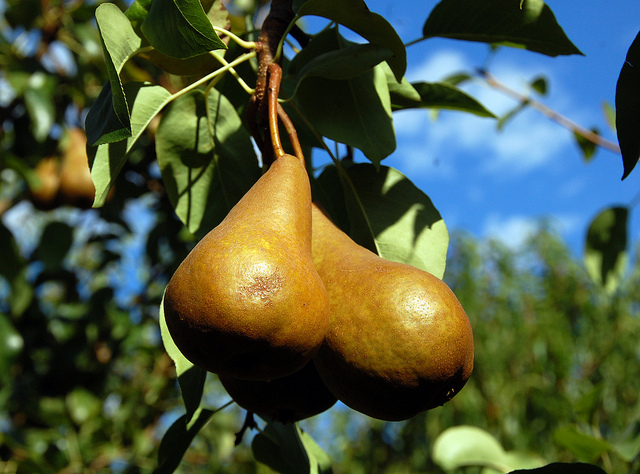
La carotte appartient à la famille des ombellifères et a une teneur en carotène extraordinairement élevée. La racine saine tire sa couleur orange du bêta-carotène. Cependant, ce n’est pas le carotène qui donne son nom à la carotte. Le nom vient de “carota”. Cela signifie “brûlé” en allemand, ce qui fait référence à la couleur de la racine dans les temps anciens : à l’époque, la racine était encore violette.
Dans cet article de blog, nous énumérons trois faits/ mythes concernant la carotte, un légume-racine, et ce qui est vrai dans ces affirmations.
Mythe 1 : Les carottes embellissent
Quelle est l’origine de ce dicton… ? Une explication possible serait que les mots “Rüebli” et “Büebli” (garçon) riment très bien et qu’une mère a probablement pensé que cela encouragerait ses enfants à manger plus de légumes.
Une explication un peu plus sérieuse de l’origine du contenu serait la coloration du teint de la peau par la consommation de nombreuses carottes. Le bêta-carotène des carottes est transformé en vitamine A dans le corps. Cela est apparemment censé donner un beau teint.
Bien sûr, elles ne te font pas vraiment bronzer, mais la peau peut prendre une teinte légèrement plus foncée grâce à une consommation “abondante” de carottes. Les composés de carotène se déposent dans la couche la plus externe de la peau et donnent à la peau une teinte dorée-rougeâtre. Ceux qui veulent obtenir ce résultat grâce aux carottes ne verront cependant des résultats qu’après quelques semaines de consommation de carottes.
Mythe 2 : Les carottes sont bénéfiques pour les yeux
De tous les légumes, les carottes contiennent le plus de carotène (alpha et bêta-carotène). de tous les légumes, les carottes contiennent le plus de carotène (alpha et bêta-carotène). Comme mentionné ci-dessus, cette substance est transformée en vitamine A dans le corps. Celle-ci est également importante pour la vision. Selon le type de carotte, la teneur en carotène varie entre 5 et 30 milligrammes pour 100 grammes de légume-racine.
Quelques conseils : Lorsque tu prépares des carottes, fais-les cuire avec un peu de graisse, car le carotène est liposoluble. Cela signifie qu’il peut être bien mieux absorbé s’il y a aussi un peu de graisse dans l’aliment. Le carotène est aussi mieux absorbé si les carottes sont coupées en petits morceaux.
Mythe 3 : La carotte est forcément orange
La carotte n’a pas toujours été orange ! À l’origine, les carottes étaient blanc crème ou pourpre ou cramoisi. Ce n’est qu’au 16ème ou 17ème siècle que les carottes orange sont apparues. Cette culture est probablement originaire des Pays-Bas.
Les indications :
- La première peinture de carottes orange vient des Pays-Bas et a été peinte au 17ème siècle.
- Les premières descriptions de variétés de carottes orange ont été faites par des agriculteurs néerlandais au 18e siècle.
Il se pourrait que les Hollandais aient élevé des carottes orange pour rendre hommage à la maison royale néerlandaise d’Orange-Nassau. Selon la légende, les agriculteurs voulaient remercier le roi Guillaume d’Orange pour la lutte pour l’indépendance contre l’Espagne au moyen de carottes orange. Mais attention : il n’existe aucune preuve historique de ces faits.
Quoi qu’il en soit, les carottes de toutes les couleurs ont bon goût et les variétés moins connues comme les carottes violettes, jaunes et blanches redeviennent de plus en plus populaires auprès des masses. Les carottes peuvent être utilisées, par exemple, pour faire cuire de délicieux muffins aux carottes ou comme garniture sur une pizza. Elles sont aussi très bonnes en accompagnement – comme les carottes à l’ail, par exemple.







